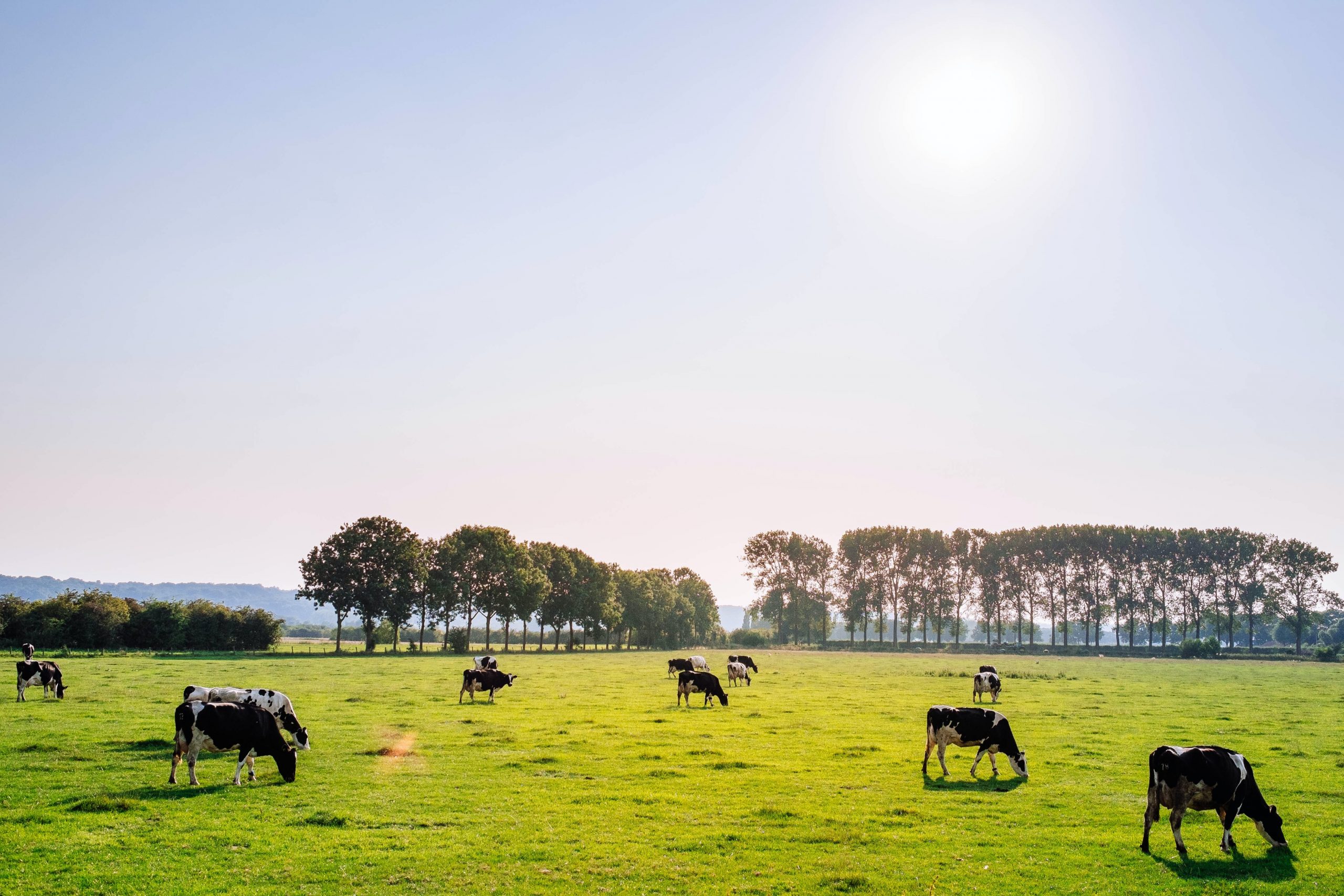05 Oct Apocalypse Cow
In the scramble to reduce greenhouse gases (GHG) quickly, a world without methane producing cows is one of the more extreme solutions that has been explored. Inspired by the large-scale change on our environment caused by COVID-19 restrictions, a unique study in Nutrition Today has considered the impact of a dairy-free world.
This study assesses the impact of removing all dairy cows from the environment, with a focus on three areas: nutritional, environmental and economic.
- Nutritional impacts: Removing one of the most nutrient rich food sources would have dire consequences in a world where an undersupply of micronutrients is already a significant challenge. Although some individuals could, and do, cope without dairy, many countries that rely on dairy as an essential source of nutrition would see increasing cases of hunger and deficiencies e.g. India who already see 70% of the population suffering from some degree of protein calorie malnutrition
- Environmental impacts: Taking away a methane producing source will inevitably reduce GHG emissions. Elimination of all global dairy and associated meat production would reduce GHG emissions by 4% on a carbon equivalent basis. Whatever nutrient source took its place must emit less than cows milk for the benefit to be realised.
- Cultural and economic impacts: Roughly 1 billion people and their communities rely on dairy farming for their livelihoods and economic foundation.
This assessment was carried out by authors from Global Dairy Platform, so an implicit bias to dairy exists. The pros and cons of supplementation and fortification for nutrient gaps or use of precision fermentation to produce dairy without cows were not discussed. However, it is clear that eliminating dairy would see many nutritional shortfalls and challenges arguably larger than what we currently face with feeding our growing population. Findings from the DELTA Model show at only 7% of global energy provision, dairy contributes 49% calcium, 24% Vitamin B2, 22% Vitamin B12, 18% of EAA, 15% Vitamin A and12% of protein that is produced by the global food system.
Future scenario planning is critical in solving today’s challenges, and in this case investigating extremist views on what a reduced GHG system could look like. Finding a sustainable food system is not as simple as removing a major food source to reduce GHG emissions; the net impact must be considered. Biases aside, this study highlights the importance of considering all aspects of sustainability: environmental, nutritional, and economic, when proposing a change to the global food system. This perspective is supported by the DELTA Model, illustrating the detrimental effect on global nutrient availability of eliminating dairy from the food system.
Photo by Leon Ephraïm on Unsplash






